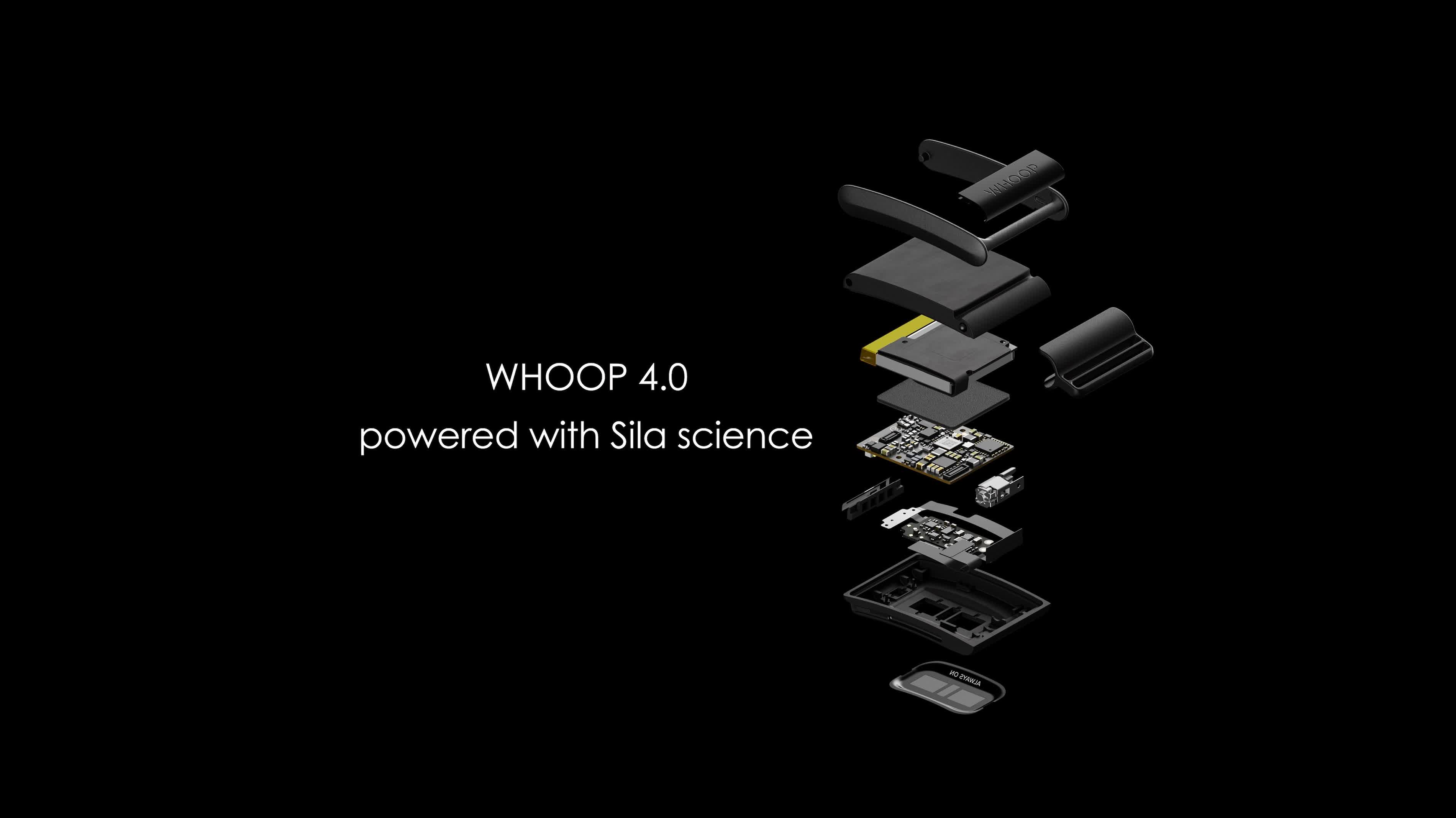Why it matters: It often seems like battery technology hasn't been keeping up with advances in compute power for the tiny chips that power mobile devices. That's because making batteries cheaper and easier to manufacture has been a far easier problem to solve than improving their energy density, charging time, endurance to constant charging and discharging, all while ensuring they remain relatively safe during operation. News of breakthroughs comes and goes, but we now have one that's making it into an actual product, courtesy of Sila Nanotechnologies.
This week, fitness tracking company Whoop unveiled a new wearable that crams a lot of circuitry and sensors into a tiny package that you can comfortably wear on your wrist. It's an impressive piece of kit focused on collecting metrics about your heart rate, sports activity, sleep performance, skin temperature, blood oxygen levels, and more. But what makes this device even more impressive is that it's 33 percent smaller in volume compared to its predecessor while still being able to last five days before needing to be charged again.
What made this possible may seem like a simple change, but it's actually the result of ten years of arduous work from a startup called Sila Nanotechnologies, founded by one of Tesla's early employees, Gene Berdichevsky. The Alameda-based company is backed by BMW and Daimler and has been working since 2011 on finding a better anode material for batteries that would improve their characteristics.
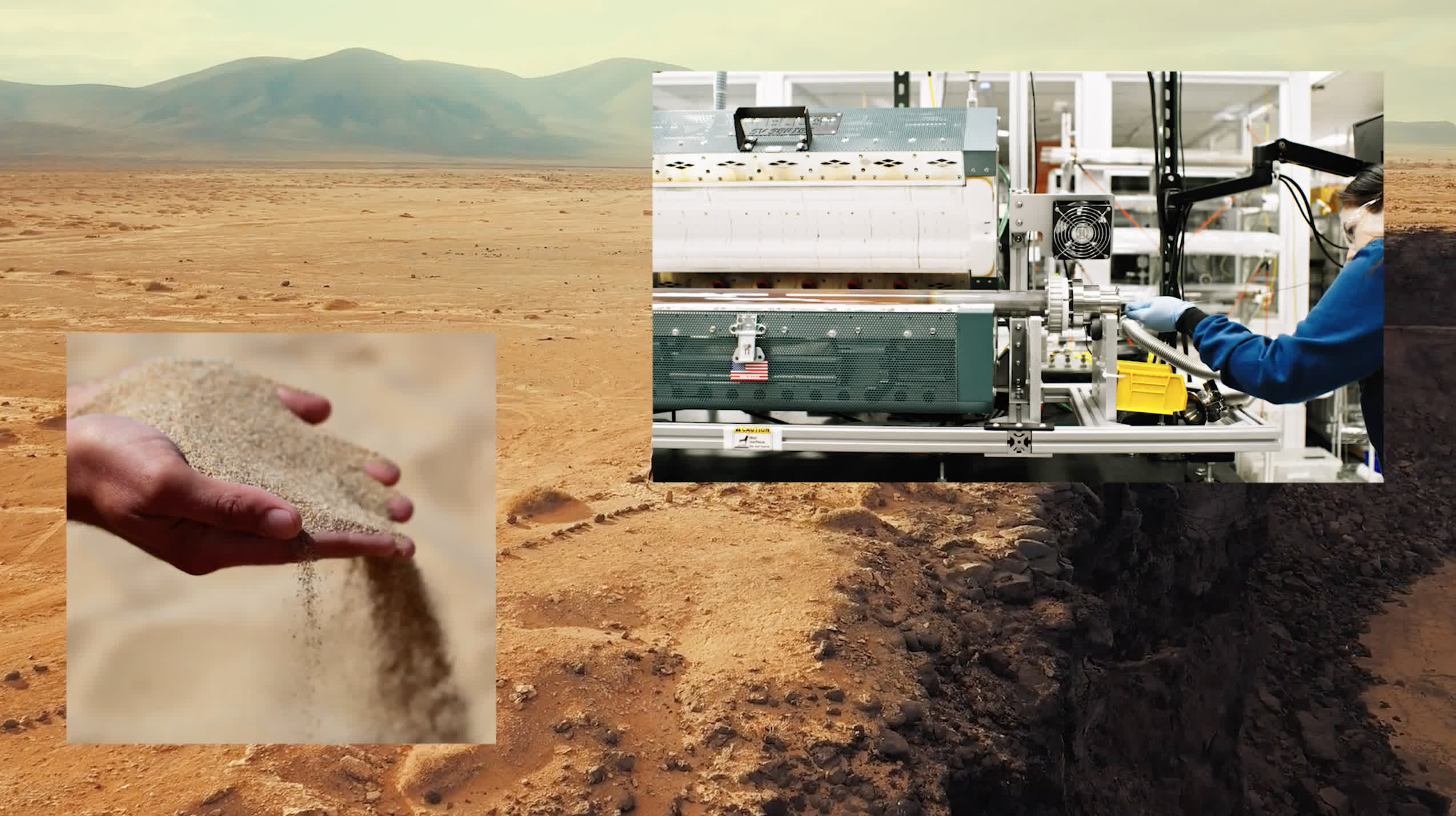
That material is silicon, whose atoms theoretically have the potential to hold ten times the number of electrons when compared to graphite, which is a commonly used anode material. But as other companies researching silicon for use in anodes have found over the years, this isn't easy to translate into practice, as engineers have had to add complexity to the traditional lithium-based battery design to mitigate safety and longevity issues.
The major challenge with silicon is that during charging, it expands to more than three times the original size as a result of reacting with the lithium, and then also contracts more than three times during discharging, posing great risks to the structural integrity of the battery. For reference, graphite only expands around seven percent with charging and contracts seven percent with discharging.
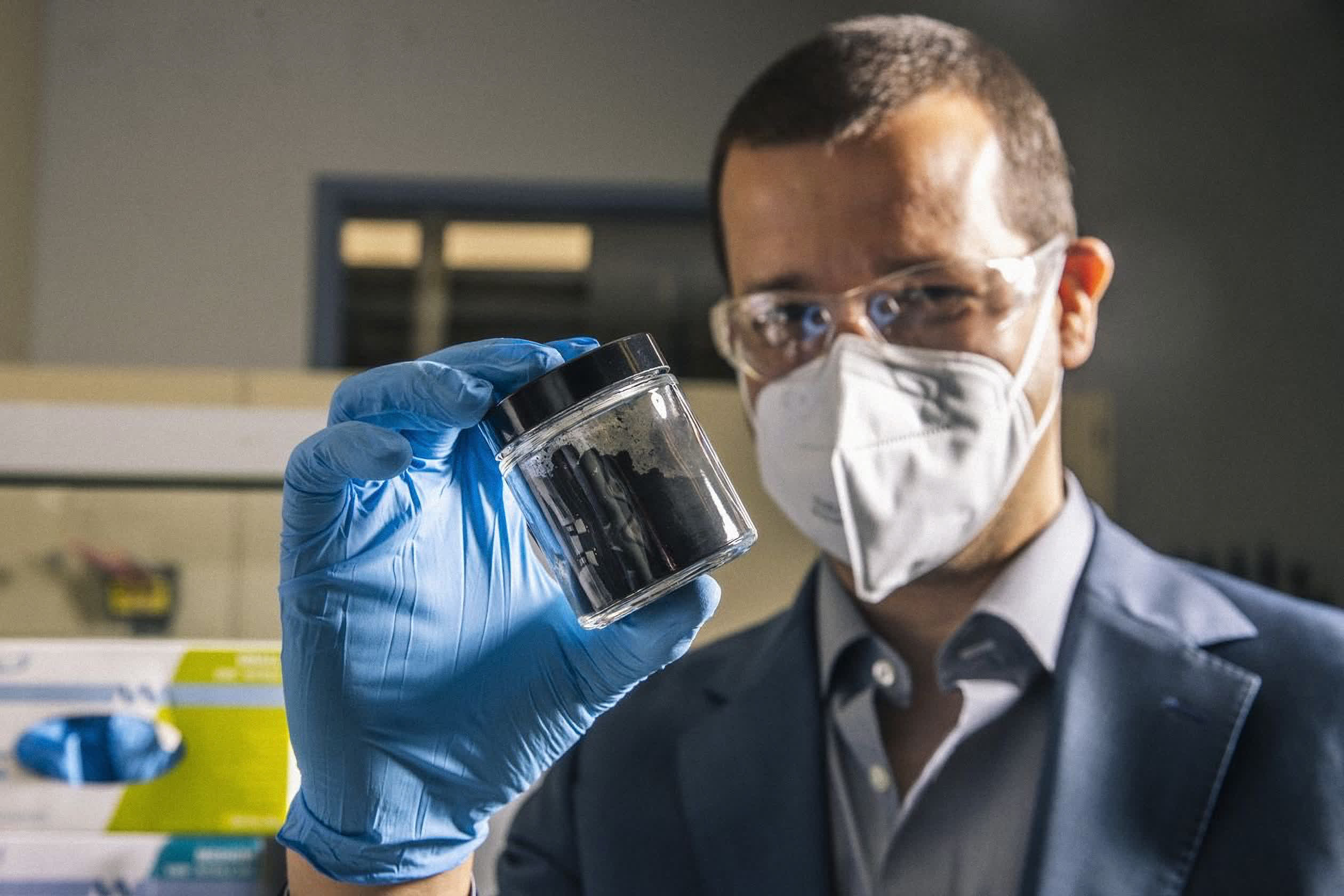
Battery manufacturers such as Panasonic have been trying to solve this in various ways, mostly by adding small amounts of silicon into the anode mix – typically 3-5 percent, but never more than 10 percent. Companies that tried making pure nano silicon anodes have found the resulting batteries don't last more than 100 charge-discharge cycles without expensive mitigations that would make mass manufacturing unfeasible from a financial perspective. Startups like XNRGI that are etching batteries on silicon wafers are a good example of that.
Sila says it has found a way to eventually replace graphite entirely and allow for up to 20 percent higher energy density while still using existing battery manufacturing techniques. This is one of the main advantages of Sila's silicon anode, along with the fact that the raw materials needed are widely available and thus less prone to global supply shortages.
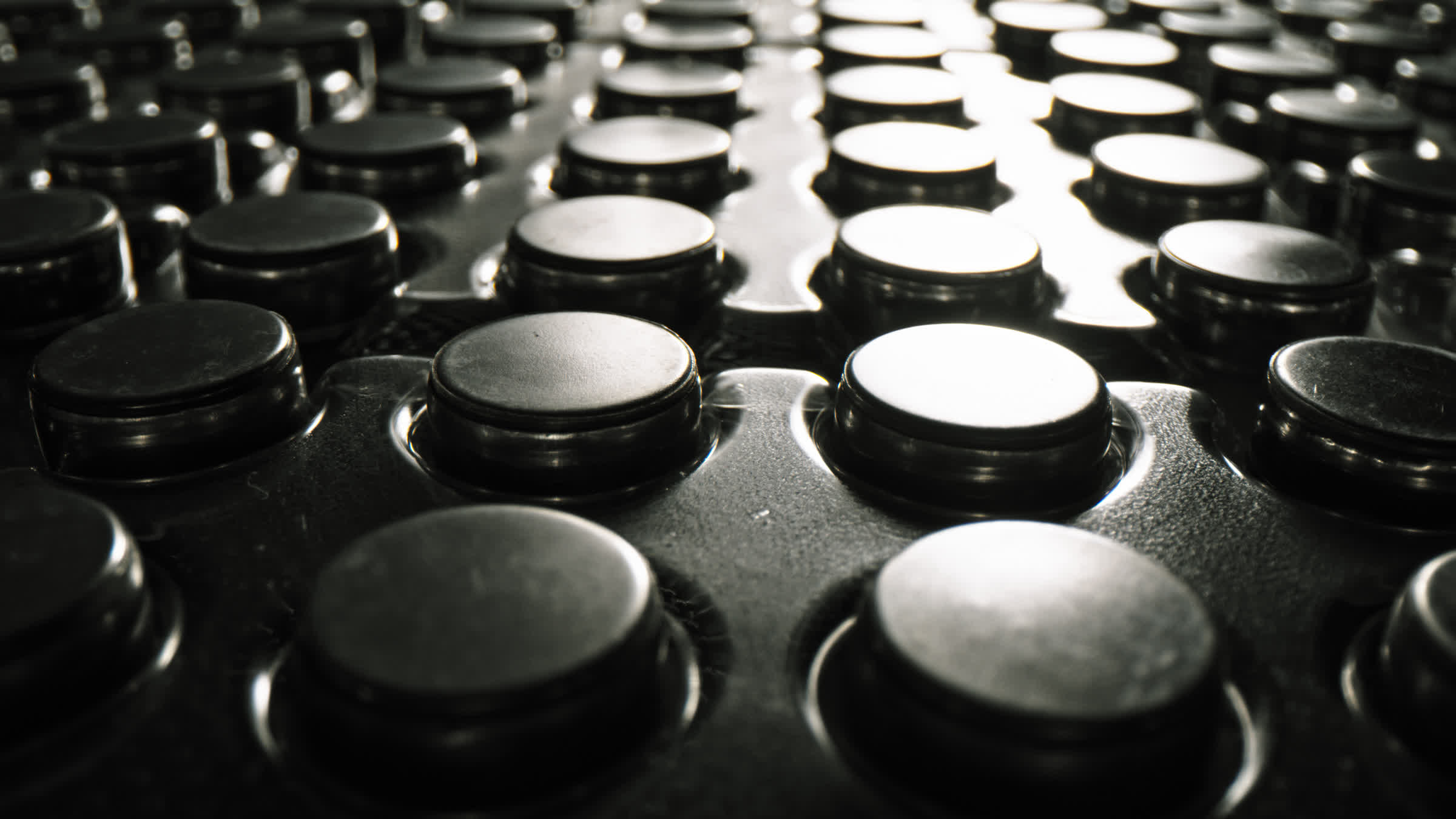
All of it is made possible thanks to an engineered particle structure that allows the silicon to expand inside of it while keeping the electrolyte outside. In turn, the battery can now be cycled thousands of times without posing any safety issues. Berdichevsky says the anode in Whoop 4.0's battery can last for more than 500 full charge-discharge cycles, which translates into several years of normal use.
That's just the beginning, however, as this battery only has an anode with 25 percent silicon in it, so there's still a lot of room for improvement. Launching the technology inside a small wearable may not look like much, but Berdichevsky is convinced it will gradually "scale and lead to the electrification of everything." He says, "you can translate this success with Whoop to cars in many ways," such as making affordable compact sedans with 400 miles of range a reality in the future.
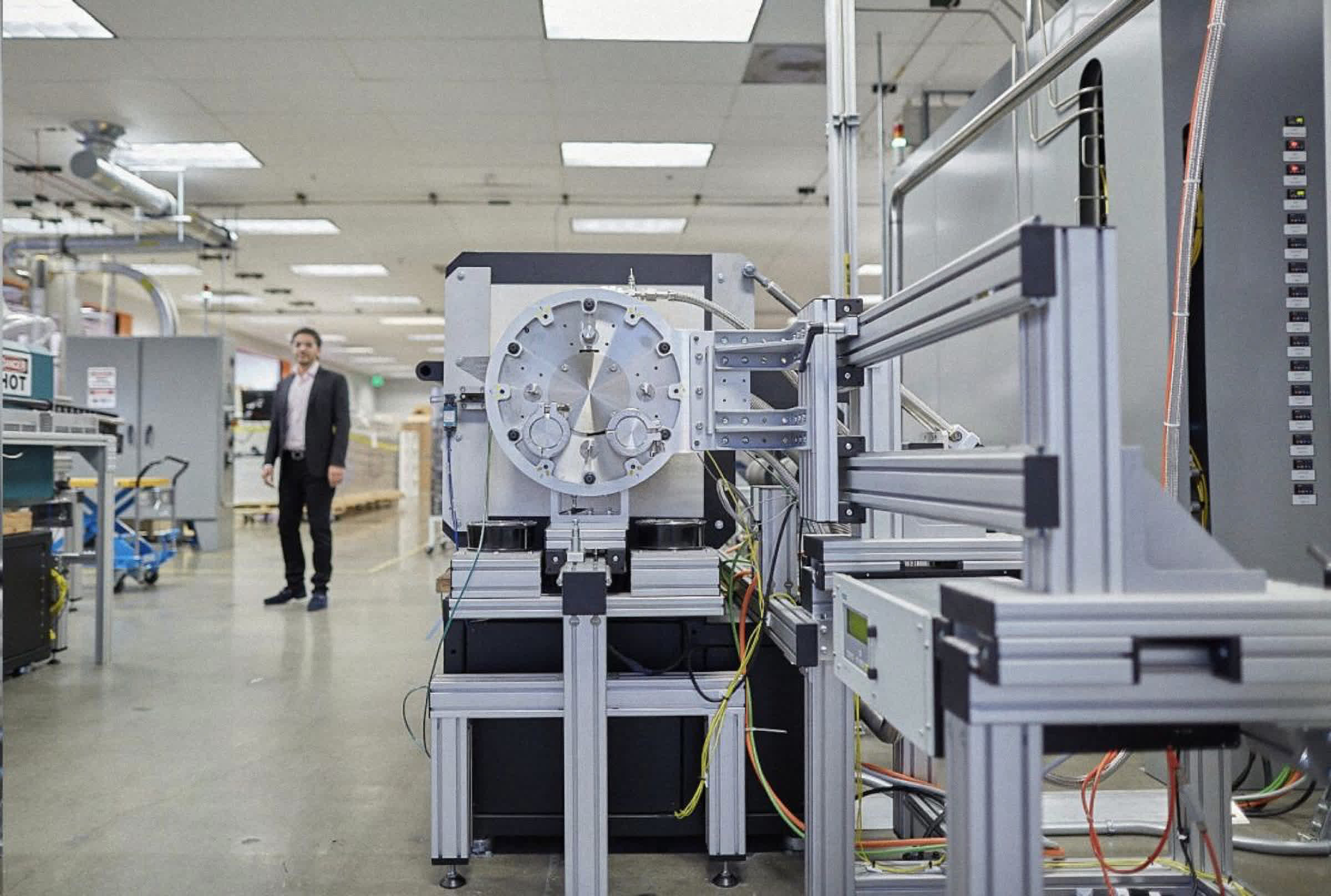
Getting into EV territory requires a highly-scalable manufacturing process, and the good news is that Sila has had that baked into the company's mission from the very start. It has been developing volumetric reactors that have a much higher production capacity than planar reactors. So far, it has scaled 10,000 times from lab to the latest reactor, which has a capacity of 5,000 liters.
The plan is to scale that up 100 times to a reactor large enough to drive a car through, which would be enough to produce the large amount of batteries required to fill electric cars. Sila is also looking to build a larger manufacturing plant in the next few years, thanks to $590 million raised earlier this year from investors.
We're not there yet, but after more than a decade of promises and billions spent on research that didn't seem to materialize in any meaningful way, things are looking bright for the batteries that will power our electrified future.
